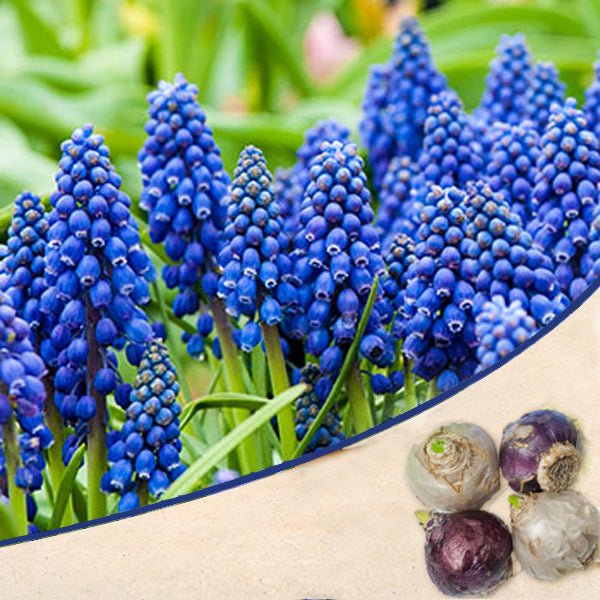
Muscari, Grape Hyacinth Armeniacum (Blue) - Bulbs
(MRP Inclusive of all taxes)
- Shipping ₹79 for entire order
- Dispatch in 7 days
- Country of origin: India

(MRP Inclusive of all taxes)
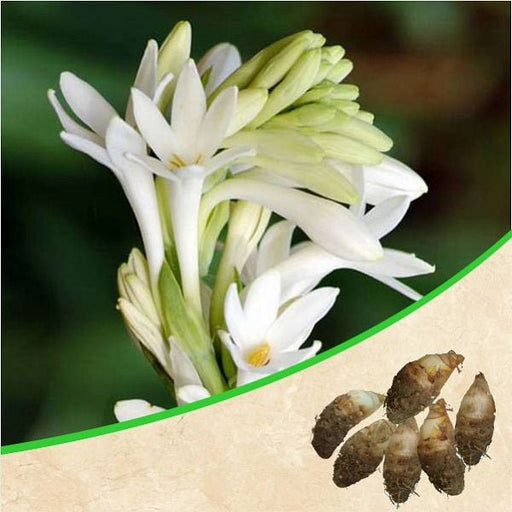
Rajnigandha, Tuberose - Bulbs (Set of 10) Experience the enchanting fragrance of Rajnigandha, also known as Tuberose, with this set of 10 ...
View full details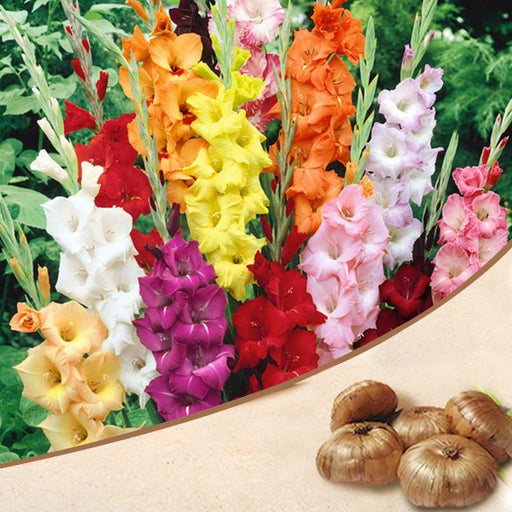 Save 20%
Save 20%
Gladiolus (Random Color) - Bulbs (Set of 10) Transform your garden into a vibrant spectacle with our Gladiolus bulbs, available in a delig...
View full details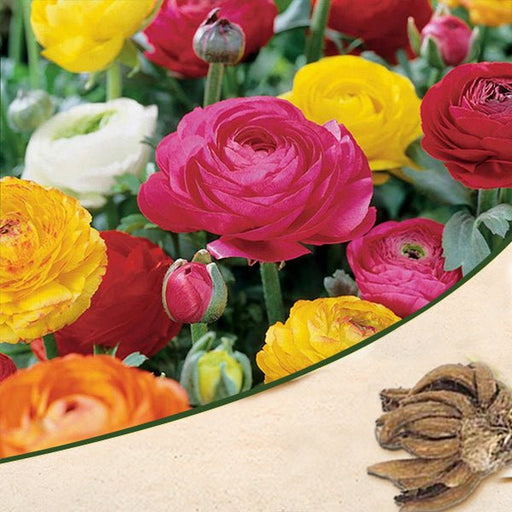 Sold out
Sold out
Ranunculus (Random Color) - Bulbs Transform your garden into a vibrant tapestry of colors with our Ranunculus bulbs. Known for their stunn...
View full details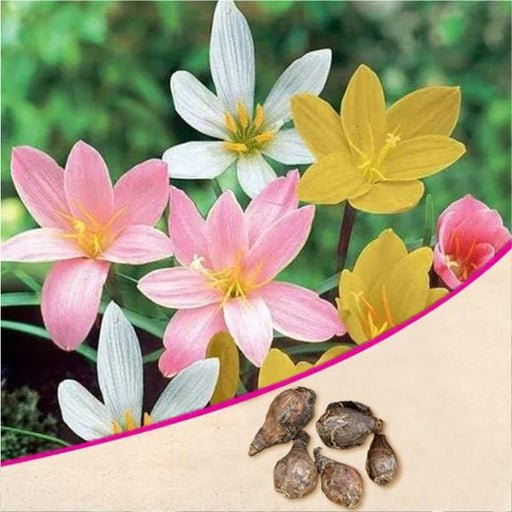
Zephyranthes Lily, Rain Lily (Random Color) - Bulbs (Set of 10) Transform your garden into a vibrant oasis with our Zephyranthes Lily, com...
View full details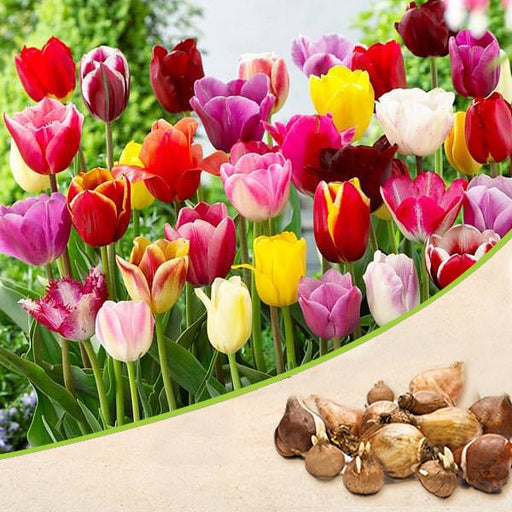 Sold out
Sold out
Tulip (Random Color) - Bulbs Bring a burst of color to your garden with our Tulip (Random Color) bulbs! These vibrant flowers are a spring...
View full details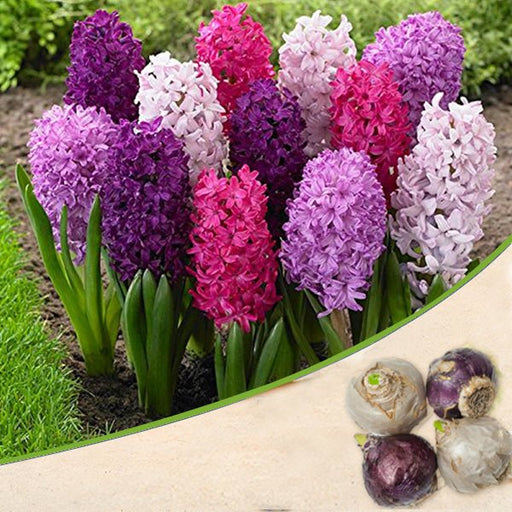 Sold out
Sold out
Hyacinth (Random Color) - Bulbs Transform your garden into a vibrant spectacle with our Hyacinth bulbs, available in a delightful random a...
View full details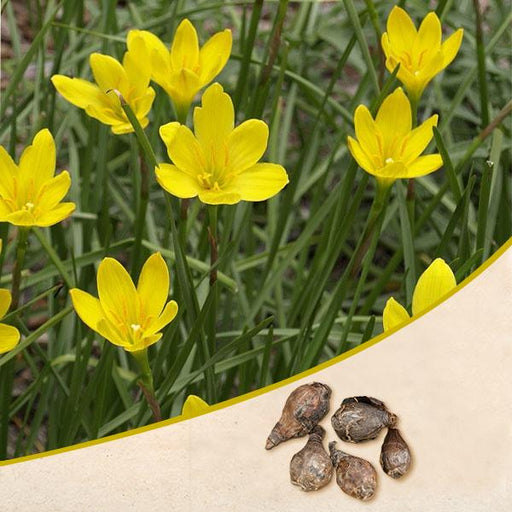
Zephyranthes Lily, Rain Lily (Yellow) - Bulbs (Set of 10) The Zephyranthes Lily, commonly known as the Rain Lily, is a stunning addition t...
View full details
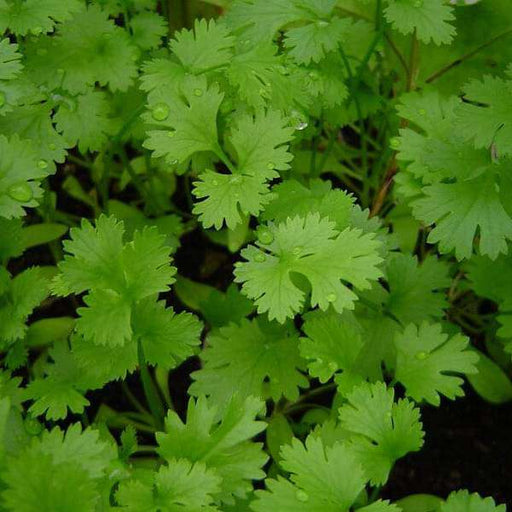 Save 25%
Save 25%
Coriander Panipat - Desi Vegetable Seeds Coriander Panipat is a premium variety of coriander seeds, cherished for its aromatic leaves and ...
View full details
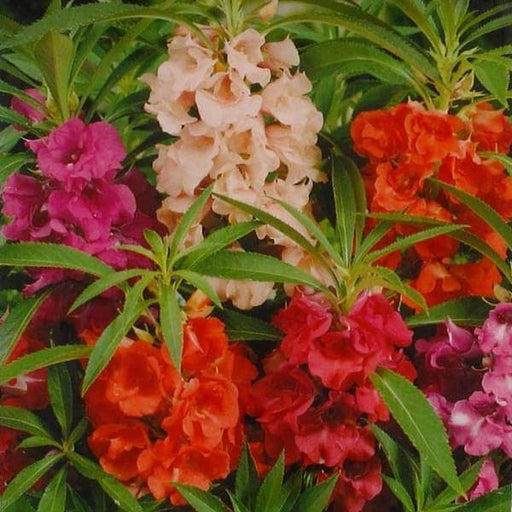 Save 25%
Save 25%
Balsam Double Mixed Color - Desi Flower Seeds Discover the vibrant beauty of Balsam Double Mixed Color - Desi Flower Seeds, a delightful a...
View full details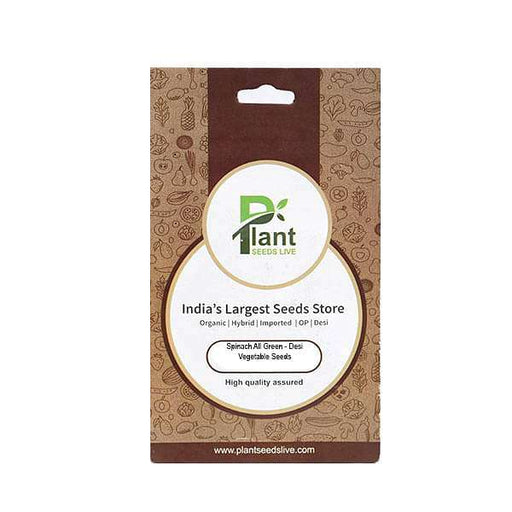
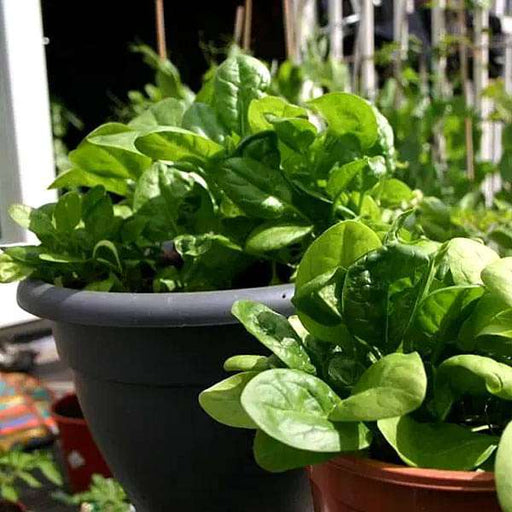 Save 25%
Save 25%
Spinach All Green - Desi Vegetable Seeds Introducing the Spinach All Green - Desi Vegetable Seeds, a premium variety of spinach that thriv...
View full details
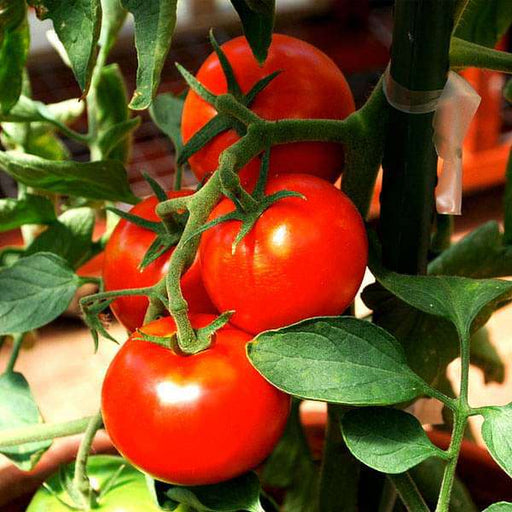 Save 25%
Save 25%
Tomato Ped - Desi Vegetable Seeds Introducing the Tomato Ped - Desi Vegetable Seeds, a premium selection of heirloom tomato seeds that pro...
View full details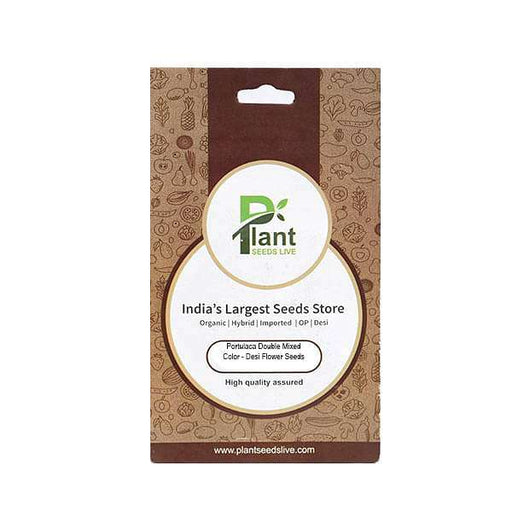
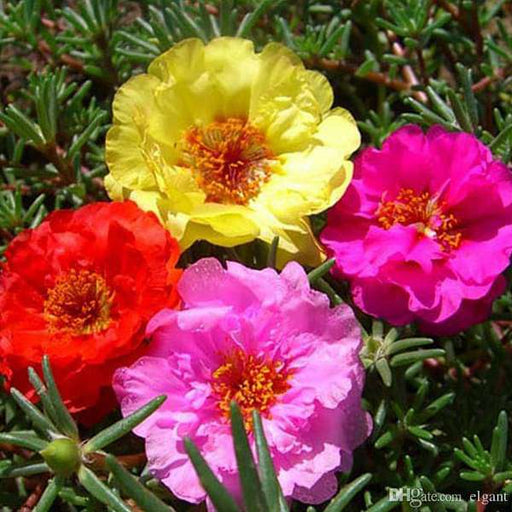 Save 25%
Save 25%
Portulaca Double Mixed Color - Desi Flower Seeds Discover the vibrant beauty of Portulaca Double Mixed Color, a stunning collection of Des...
View full details Save 35%
Save 35%
Strawberry - Fruit Seeds Discover the joy of growing your own strawberries with our premium Strawberry Fruit Seeds. Known scientifically a...
View full details
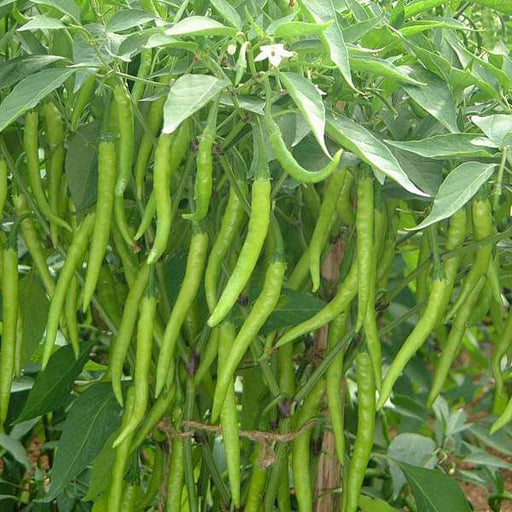 Save 25%
Save 25%
Chilli Surajmukhi - Desi Vegetable Seeds Introducing the Chilli Surajmukhi, a unique variety of desi vegetable seeds that brings a burst o...
View full details
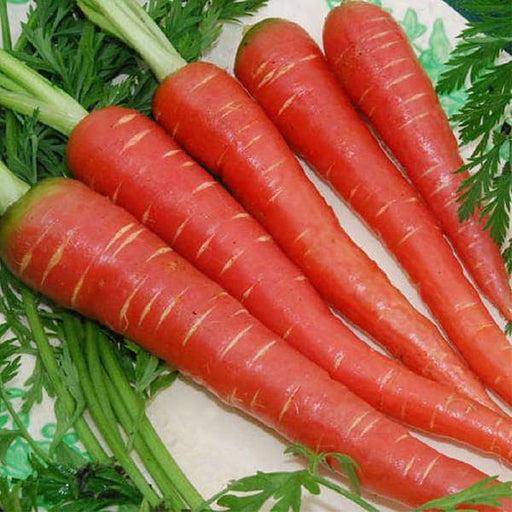 Save 25%
Save 25%
Carrot Red Long - Desi Vegetable Seeds Introducing the Carrot Red Long - Desi Vegetable Seeds, a premium variety known for its vibrant col...
View full details
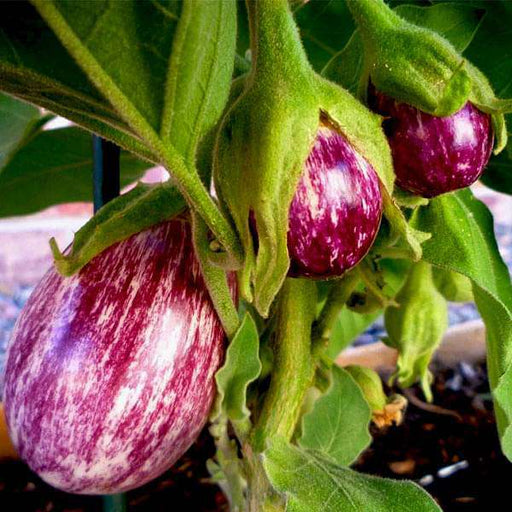 Save 25%
Save 25%
Brinjal Purple Round - Desi Vegetable Seeds Discover the rich flavors and vibrant colors of Brinjal Purple Round, a staple in Indian cuisi...
View full details
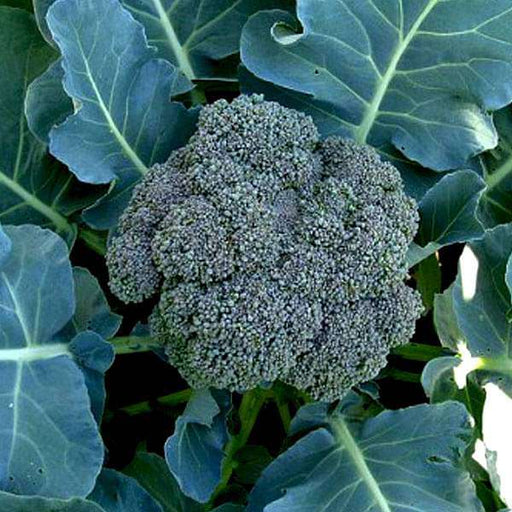 Save 25%
Save 25%
Broccoli Green - Desi Vegetable Seeds Discover the vibrant world of Broccoli Green with our premium Desi Vegetable Seeds. Known for its ri...
View full details
 Save 35%
Save 35%
Best 6 Plants for Perfect Indoor Garden Transform your living space into a lush oasis with our curated collection of the Best 6 Plants for a...
View full details
 Save up to 50%
Save up to 50%
Mini Succulent Garden Pack Transform your space with our Mini Succulent Garden Pack, featuring a delightful collection of 4 any variety beautiful s...
View full details
 Save 30%
Save 30%
5 Best Fragrant Plants Transform your garden or indoor space into a fragrant paradise with our curated selection of the 5 Best Fragrant Plants. Th...
View full details
 Save 24%
Save 24%
Set of 2 Bonsai Looking Grafted Adeniums Transform your indoor or outdoor space with our exquisite Set of 2 Bonsai Looking Grafted Adenium...
View full details Save 45%
Save 45%
Top 4 Die Hard Succulents Pack Transform your indoor or outdoor space with our Top 4 Die Hard Succulents Pack, featuring a curated selecti...
View full details
 Save 30%
Save 30%
5 Best Indoor Plants Pack Transform your living space into a lush oasis with our '5 Best Indoor Plants Pack.' This carefully curated collection fe...
View full details
 Save 25%
Save 25%
Set of 4 Evergreen Air Purifier Plant Pack Transform your indoor space into a lush, green oasis with our Set of 4 Evergreen Air Purifier Pla...
View full details| SrNo | Item Name | Qty |
|---|---|---|
| 1 | Muscari, Grape Hyacinth Armeniacum (Blue) - Bulbs | 3 |
The Muscari, commonly known as Grape Hyacinth Armeniacum, is a stunning spring-blooming bulb that enchants gardens with its vibrant blue flowers. These petite, bell-shaped blooms emerge in clusters, resembling a cascade of grapes, and are perfect for naturalizing in borders, rock gardens, or containers. With a height of 6-12 inches, they create a charming carpet of color that attracts pollinators and adds a delightful fragrance to your outdoor space.
What makes Muscari special is its resilience and ability to thrive in various conditions. This hardy perennial is not only drought-tolerant but also deer-resistant, making it an ideal choice for low-maintenance gardens. Its striking blue hue is a favorite among gardeners, providing a beautiful contrast to other spring flowers.
Special features of Muscari include its ability to naturalize, multiplying year after year, and its suitability for both sunny and partially shaded areas. Additionally, these bulbs are known for their ecological benefits, as they support local bee populations during their early blooming period.
These little wonders are like the party crashers of the garden world. They pop up in spring, bringing a burst of blue that can make even the grumpiest gardener crack a smile. Plant them in clusters, and watch as they create a sea of vibrant color that says, “Look at me, I’m fabulous!” Plus, they’re low-maintenance, so you can spend more time sipping lemonade and less time sweating over your garden.
Caring for Grape Hyacinths is as easy as pie—if pie were a delightful, low-maintenance flower. These bulbs thrive in well-drained soil and love a sunny spot, making them the divas of the garden. Just remember to water them moderately and let them bask in the sun. They’ll reward you with a stunning display that’ll have your neighbors green with envy.
When spring rolls around, it’s like nature’s way of throwing a confetti party, and Grape Hyacinths are the star performers. Their charming blue flowers emerge just in time to celebrate the end of winter, bringing joy and color to your garden. These blooms are the perfect way to say goodbye to the dreary days and hello to sunshine and smiles.
Grape Hyacinths are the reliable friends of the flower world. They come back year after year, reminding you that true beauty is worth the wait. These perennials are not just a one-hit wonder; they’ll grace your garden with their presence season after season, making them a wise investment for any garden enthusiast.
If you’re looking to jazz up your garden design, Grape Hyacinths are your go-to accessory. Their vibrant blue hues can complement a variety of other flowers, creating a stunning visual feast. Pair them with daffodils or tulips for a colorful spring ensemble that’ll have your garden looking like a floral runway.
Planting Grape Hyacinth bulbs is like setting the stage for a floral performance. Dig a hole, toss in the bulb, and cover it up—easy peasy! Just make sure to plant them in groups for maximum impact. They thrive in clusters, so don’t be shy; let them mingle and create a dazzling display that’ll steal the show.
Grape Hyacinths are not picky eaters, but they do have a preference for well-drained soil. Think of it as their version of a five-star restaurant. They’ll flourish in sandy or loamy soil, so give them the good stuff, and they’ll reward you with a spectacular show of blue blooms that’ll have your garden looking like a botanical masterpiece.
When it comes to companion planting, Grape Hyacinths are the social butterflies of the garden. They get along famously with other spring bloomers like tulips and daffodils. Plant them together, and you’ll create a harmonious garden that’s bursting with color and life, making your outdoor space the envy of the neighborhood.
Grape Hyacinths are not just pretty faces; they’re also a hit with the local wildlife. Bees and butterflies can’t resist their sweet nectar, making your garden a buzzing hotspot. By planting these beauties, you’re not just beautifying your space; you’re also creating a welcoming environment for our pollinator friends.
If you’re looking for a colorful ground cover that won’t break the bank, Grape Hyacinths are your answer. They spread joyfully, filling in those pesky bare spots in your garden with their cheerful blue blooms. They’re like the friendly neighbor who always brings over cookies—everyone loves them!
Grape Hyacinths are the ultimate low-maintenance flowers. They don’t require constant attention or pampering; just plant them and let them do their thing. They’ll thrive with minimal effort, allowing you to enjoy a beautiful garden without the stress. It’s like having a pet rock that blooms!
Fall is the perfect time to plant Grape Hyacinth bulbs, and it’s like giving your future self a gift. While everyone else is hunkering down for winter, you’ll be preparing for a stunning spring display. Just tuck those bulbs into the ground, and when spring arrives, you’ll be greeted with a delightful surprise that’ll make all your gardening efforts worthwhile.
Muscari, Grape Hyacinth Armeniacum (Blue) is a charming little bulb that produces clusters of vibrant blue flowers resembling tiny grapes. These delightful blooms are perfect for adding a pop of color to your garden, and they’re as easy to grow as they are to admire. Who knew gardening could be this fun
Planting Muscari bulbs is as easy as pie! Choose a sunny spot, dig a hole about 3 inches deep, and pop those bulbs in, pointy side up. Space them about 3-4 inches apart, cover with soil, and water lightly. Voila! You’re on your way to a grape-tastic garden display.
Muscari, Grape Hyacinth Armeniacum (Blue) typically blooms in early spring, bringing a cheerful burst of color when you need it most. These little beauties will grace your garden from March to May, making them the perfect heralds of warmer days ahead. Spring just got a whole lot bluer!
After the blooms fade, resist the urge to chop them off! Let the foliage die back naturally to nourish the bulbs for next year. A little TLC goes a long way. Just sit back, relax, and let nature do its thing while you plan your next garden adventure.
Absolutely! Muscari bulbs are pot-friendly and love to show off in containers. Just ensure your pot has drainage holes, fill it with well-draining soil, and plant those bulbs as you would in the ground. You’ll have a portable garden that’s ready to impress wherever you go!
Yes, Muscari bulbs are like the bouncers of the garden world—deer tend to avoid them! Their strong scent and taste are not appealing to our four-legged friends. So, plant with confidence, knowing your grape hyacinths will thrive while the deer look elsewhere for their next snack.
Muscari bulbs prefer well-draining soil that’s rich in organic matter. Think of it as their five-star hotel! A mix of loamy soil with a touch of sand or grit will keep them happy and healthy. Just avoid soggy conditions, or they might throw a tantrum and rot away.
Watering Muscari is like giving them a refreshing drink—just the right amount! Keep the soil moist but not soggy, especially during their growing season. Once they bloom, you can ease off a bit. They’re tough little guys and can handle a little drought, but don’t leave them high and dry!
Yes, you can! Muscari bulbs multiply like rabbits, so you’ll have plenty to share. After a few years, you can dig them up and separate the offsets. Replant them in new spots or give them to friends. It’s the gift that keeps on giving—just don’t forget to take credit for your gardening prowess!
Good news for pet lovers! Muscari bulbs are considered non-toxic to cats and dogs. However, it’s always wise to keep an eye on your furry friends, as they might still nibble on the leaves. A little supervision goes a long way in keeping your garden and pets safe and sound.
The best time to plant Muscari bulbs is in the fall, about 6-8 weeks before the ground freezes. This gives them time to settle in and prepare for their spring debut. So, grab your gardening gloves and get planting—spring will be here before you know it!